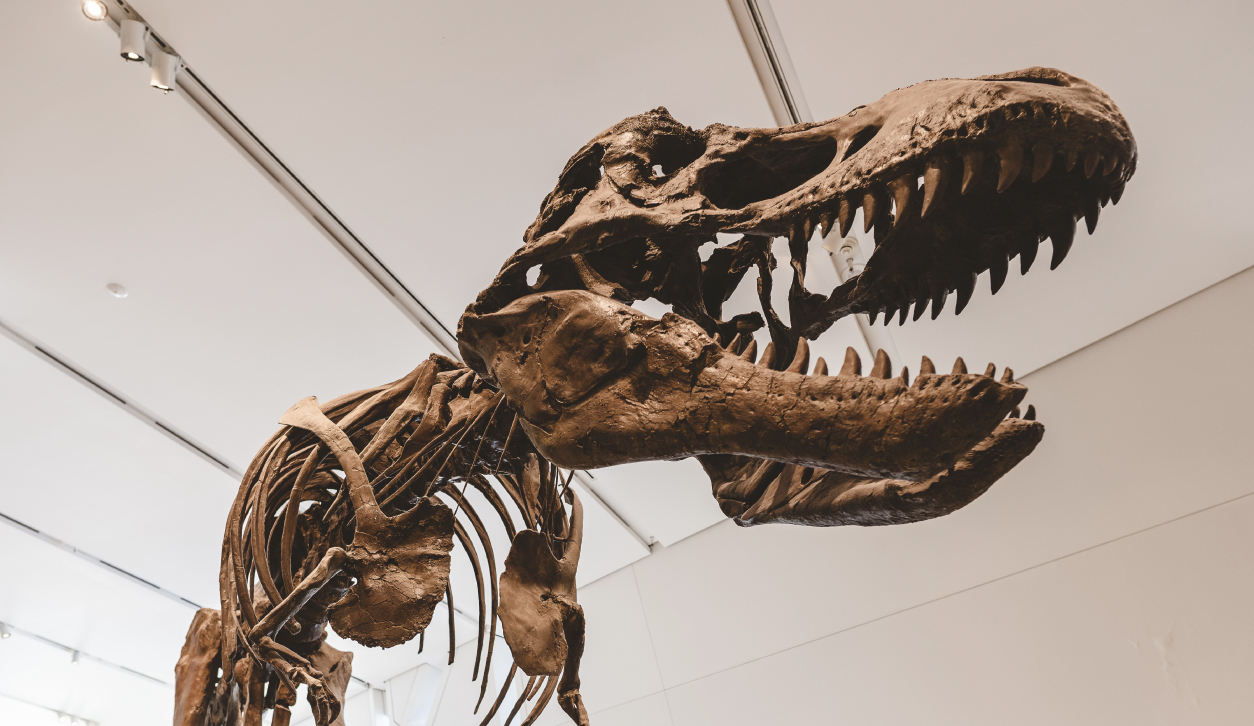Mesozoic Madness


As children, many of us considered ourselves dinosaur experts. What we may have lacked in scientific knowledge, we more than made up in sheer enthusiasm for the subject.
At the college level, curiosity about these creatures remains, but maintaining that same level of excitement among students is a challenge for any instructor. Ji Yeon Shin, however, has made it her mission to do just that.
A lecturer in the department of Geosciences at the University of Arizona, Shin leads a class designed to teach non-science majors “how to study dinosaurs using scientific methods.” The popular course, which fulfills a general education requirement, has enrollments of nearly 300 students each semester.
In the beginning, Shin used Echo360Point audience response simply to engage her large class, get a sense of student understanding and administer exams. But soon, she was inspired to use clickers to get creative with an activity she calls Mesozoic Madness, which pits dinosaurs against each other in a March Madness-like tournament.
Read on to learn more about the competition and how it helps students better understand our now-extinct predecessors.
When did you start using Echo360Point in your classes?
The first time I used clickers was not here. It was at the University of the Pacific in California where I was a visiting lecturer in 2013. The faculty, Dr. Lydia Fox, who hired me to teach her introductory geology course for a semester was using clickers. It was a great way to engage students and I was hoping that I could use them in my own class.
I started teaching at the University of Arizona in Fall semester 2016, and I learned that U of A provides great support for using clickers. There are many classes using clickers so it was a great chance for me to use clickers in my class.
At first I used clickers as most instructors would do: small engagement, participation and attendance. Then I started looking for a way to use clickers to engage students even further.
At first I used clickers as most instructors would do: small engagement, participation and attendance. Then I started looking for a way to use clickers to engage students even further.
Tell me about Mesozoic Madness.
I actually got the idea from another competition you might have heard of before called March Mammal Madness.
I thought, I should do the dinosaur version. I worked with the honors students in the course to select the dinosaur species to compete in the tournament. Then the teaching team – TAs, preceptors and I – seeded and placed the combatants into the championship bracket. After that the bracket was available to everyone in the course to participate.
I also provided the supplementary file containing information on the dinosaurs in the tournament. It can be described as the Pokémon trading cards for dinosaurs, where you have a picture of the dinosaur and a summary of where and when they lived, their size, mass and other information on their paleobiology. I gave them two weeks to fill out the bracket and, once everybody has participated and completed their projects, we did the battles in class about eight fights per class.
At the end of the lecture, we spent about 10 to 15 minutes for the battles. I had the pictures of the two competing dinosaurs on the screen and asked students to cast their votes using their clickers. This way the class as a whole could see which dinosaur species their classmates chose and their vote also decided which species would advance to the next round.
So, the students’ choices are based on which dinosaur would actually have won in a fight?
Many students did. If one of the two dinosaurs was the predator, and the other was the prey, sometimes we do have fossil evidences such as bite marks and puncture wounds. In that case the winner is quite clear. But, when we match the dinosaurs from different areas and times, it’s actually up to us.
How many dinosaurs do you start out with?
Last semester, we had 64 competing dinosaurs.
How do the students respond? What have they said about it?
It was quite emotional for many students. When their chosen dinosaur lost a fight they got upset.
Did you think this was an effective teaching tool? Did they actually learn more about the dinosaurs because of this?
Yes. I asked them to provide me their feedback on my teaching evaluation especially on the Mesozoic Madness.
The overall responses that I got were that they enjoyed it. One of the students said, “I really enjoyed the Mesozoic Madness project so please keep it when you teach the course next semester. It was super fun and I think it adds another layer to the class and gives you the chance to look at individual dinosaurs on your own.”








